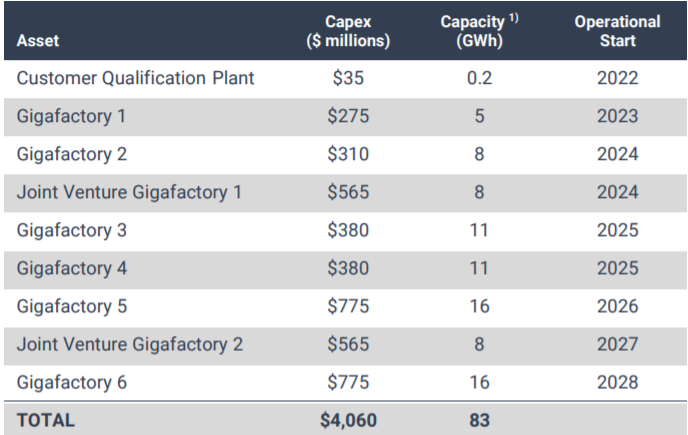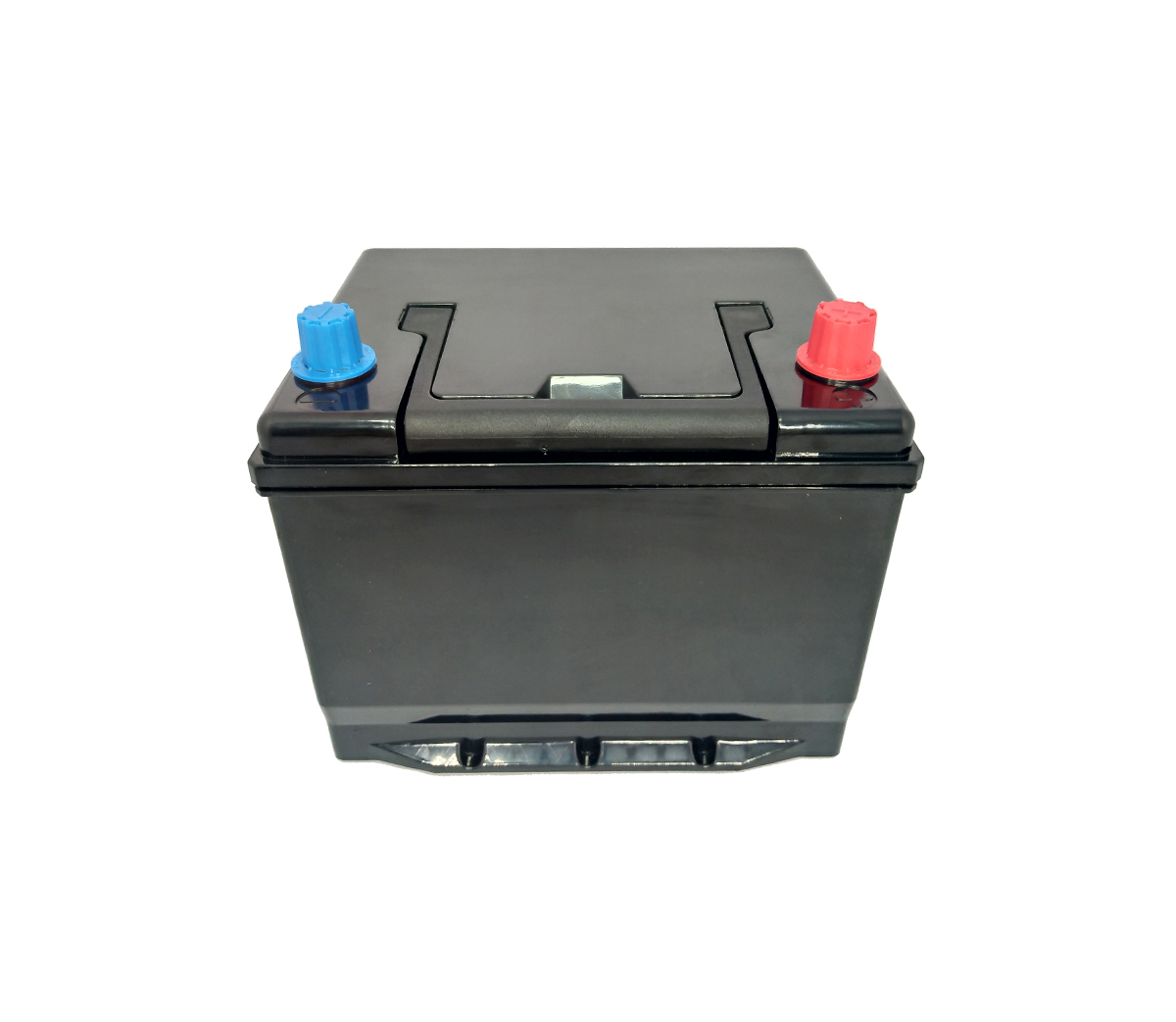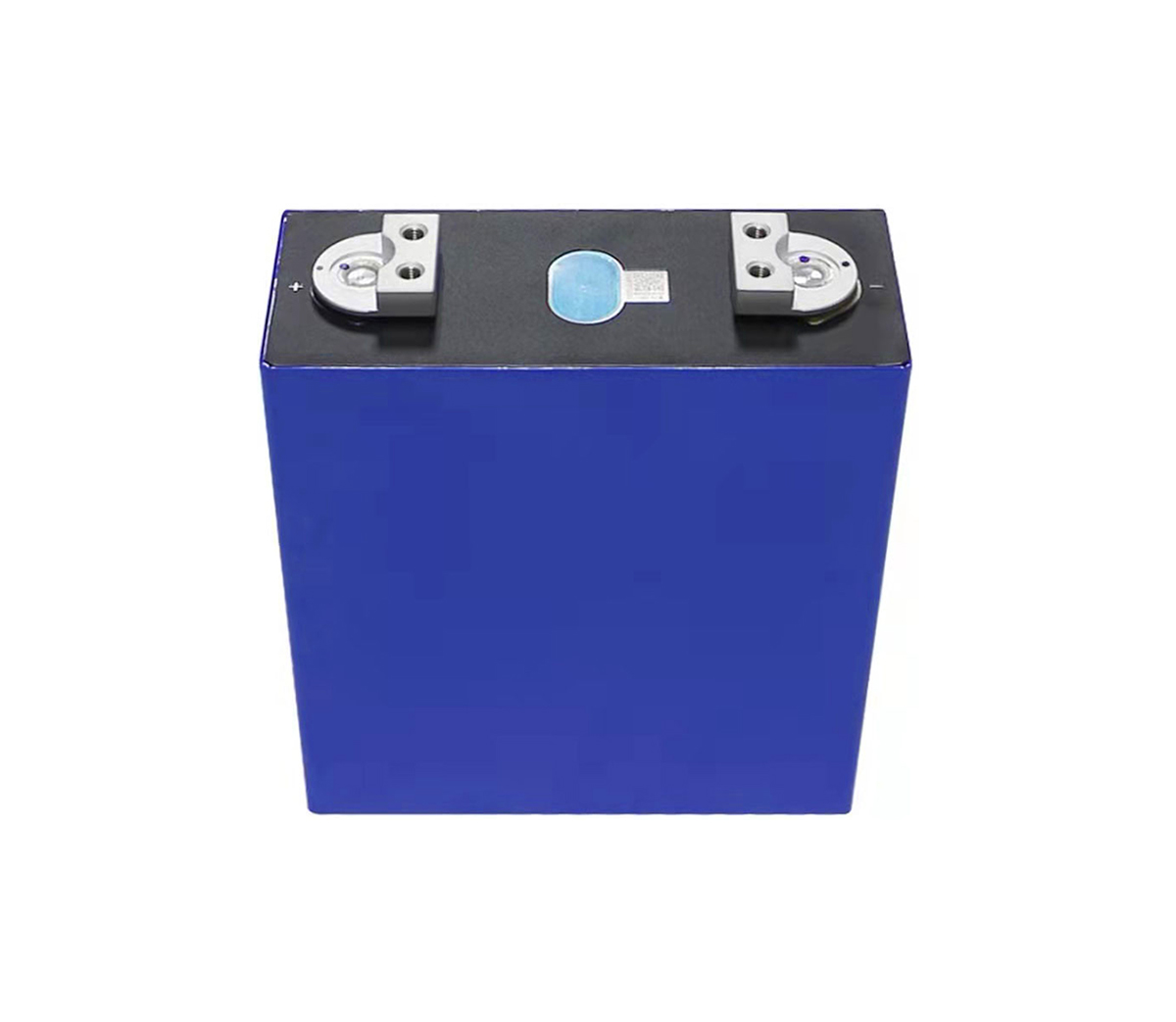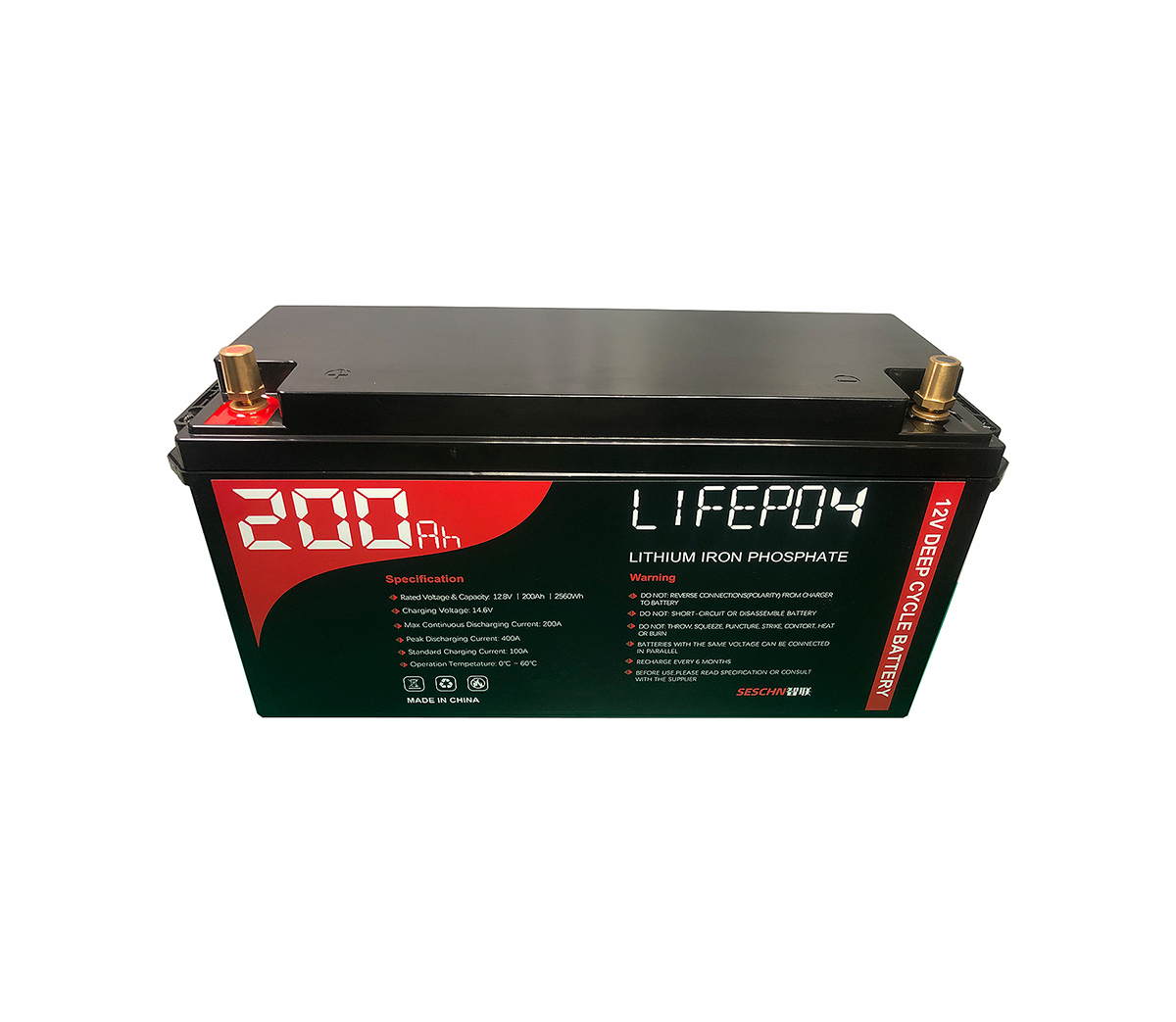Two companies plan to purchase 50GWh of energy storage batteries from
Norwegian company FREYR
Tom Jensen, CEO of Norwegian lithium-ion battery start-up FREYR Battery,
said in an interview with industry media that the company's gigafactory could
use half of its 100GWh capacity target for energy storage systems by 2030, and
will also introduce system integration business.
Founded in 2018, FREYR plans to build four super plants in MoI Rana,
Norway, with a total annual capacity of 36GWh, which will be online from 2023 to
2025. But unlike other players in the battery industry, FREYR's battery products
are mainly supplied to the energy storage industry.
Jensen said, “Our goal is to have 83GWh of annual capacity by 2028 and over
100GWh by 2030, and based on where we are now, we think that half of the
batteries produced can be put into the energy storage market by 2030.” He
explained that FREYR The company's technology to manufacture batteries, licensed
from US-based battery producer 24M, is well suited for energy storage
applications and therefore targets all market segments of battery energy storage
systems.
Jensen said: “We believe that the battery storage market is growing much
faster and will be much larger than most people think. So, if we want to, we can
actually put all the capacity into the storage market. But we also have a lot of
interest in the mobile and electric vehicle markets, so the final percentage of
our capacity will depend on how the market develops.”
Honeywell will buy 19GWh batteries from FREYR between 2023 and 2030, while
another unnamed partner will buy 31GWh batteries over the same period, which
will allow FREYR to contribute to its systems integration business. The
importance of the energy storage market as the company's main market is clear
from this fact
“We want to form a joint venture with a partner to develop a containerized
energy storage solution, which includes other products such as a battery
management system (BMS),” Jensen said. “This will effectively be a system
integration approach to working with the partner.”

The gigafactory REYR plans to build in the next few years
Norway is one of the few countries to achieve its goal of 100% renewable
energy thanks to its abundance of hydroelectric power. Electricity for FREYR's
batteries will come almost entirely from renewable hydroelectric facilities, but
also some from wind, Jensen said.
Jensen also touched on three large discussion topics in the battery energy
storage space and in the wider battery ecosystem: Lithium Iron Phosphate (LFP)
vs. Nickel Manganese Cobalt Ternary Lithium (NMC) Pros and Cons Debate, Lithium
Battery Materials Supply Chain issues and battery sustainability, these are the
main principles followed by FREYR.
Lithium Iron Phosphate Battery (LFP) vs Nickel Manganese Cobalt Ternary
Lithium Battery (NMC)
Lithium Iron Phosphate (LFP) batteries will become increasingly It is
increasingly adopted by the battery energy storage industry.
“Our technology platform is flexible,” Jensen said. “Our first gigafactory
will meet customer demand to produce lithium iron phosphate (LFP) batteries,
which we are seeing increasing interest from many automotive stakeholders. The
more interested. Customers are also interested in the production of
nickel-manganese-cobalt ternary lithium batteries (NMC) we produce. But to the
extent we use cobalt, it will be done in a responsible and sustainable way
through our partnership with Glencore purchase."
He pointed out that compared with lithium iron phosphate (LFP) batteries,
lithium iron phosphate (LFP) batteries with lower energy density are not as
important in the energy storage environment of the number of charge and
discharge, and because of the ability to choose to produce larger batteries,
24M's technology also has advantages.
However, supply chain issues have caused the price of lithium iron
phosphate batteries to be temporarily flat or even lower than that of
nickel-manganese-cobalt ternary lithium batteries (NMC) for the first time.
"What we're seeing right now is a temporary bottleneck, and of course, it's
challenging in terms of near-term pricing, but we're having conversations with
our customers and working out business arrangements to deal with material price
increases," Jensen said. I think all battery manufacturers are facing the same
challenges. So relatively speaking, the price of battery products will become
more expensive, but the relative cost advantage of this technology is still the
same.”
SES Power agrees with Jensen's point of view that the battery energy
storage industry is now in the early stage of rapid growth, and the lithium
battery industry is also in a period of renewal, such as the latest subversive
all-solid-state lithium batteries, sodium-ion batteries, 4680 lithium batteries,
etc. The purpose of these new lithium battery technologies is almost always
based on safety and cost considerations. Also because the lithium battery energy
storage system, especially the lithium iron phosphate battery, has reached a
critical point of profitability, SES Power has launched 12V100Ah, 24V100Ah,
36V100Ah, 48V100Ah of square aluminum-shell lithium iron phosphate batteries
using EVE, CATL, and BYD, household energy storage 3KW, 5KW systems,
rack-mounted energy storage systems and other products.
Of course, we also see some requirements for lithium batteries that are
quite demanding in the environment. We also launch lithium iron phosphate
batteries that can be used normally under -40 degrees Celsius. This is very
suitable for some outdoor lithium battery energy storage projects.



































